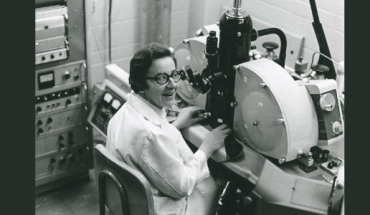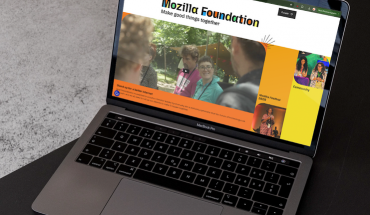
We haven’t seen quite an effort to close the gender gap in the technology business like Google’s Made With Code. The company is using the program, launched this summer, to educate young girls about coding. And it’s no small feat: Google is investing $50 million over the next three years toward encouraging more female involvement in tech.
Girls can see how coding is used in areas they might not even have realized, from smartphone apps to video games and music, with examples of everyday girls who are using coding to do something fun, meaningful, creative, or all of the above.
Using Google’s Blockly programming editor, coding is presented in a simplified way versus a complex string of numbers and symbols. One of the beginner projects involves designing a bracelet, which is then created using a 3D printer, and mailed to the new coder. It lets those with no experience learn the basic concepts in a fun and visual way. There are introductory projects, as well as projects for those who have already coded before, but want to further their knowledge.
Google’s three objectives are “to inspire girls by celebrating women and girls who are using code to do great things; to engage girls to try coding through introductory projects and resources; and to sustain their interest by creating alliances and community around girls and coding.”
What Inspired Made With Code?
“We started Made with Code,” says Google, “because even though increasingly more aspects in our lives are powered by technology, women aren’t represented in the companies, labs, research, creative arts, design, organizations, and boardrooms that make technology happen. Computer Science can make the world more beautiful, more usable, more safe, more kind, more innovative, more healthy, and more funny, but we need to help more girls find relevant ways to interact with it.”
To those who feel coding is “too hard,” Maddie Maxey, one of the featured coders on Google’s project site, says it’s not a question of whether you’re good or bad at things like math or coding: it’s a question of what you want to learn.
There is some serious support behind the initiative from influential women like Chelsea Clinton and Mindy Kaling, and popular organizations like Girl Scouts of the USA and the National Center for Women and Information Technology.
How Can You Get Involved?
Aside from participating in some of the aforementioned projects, Google is holding a number of events across the U.S. In California, for example, there’s a two-week summer camp called Techie Girls that starts in September.
There are several online communities where people can share ideas and learn more, in Google+, Twitter, Instagram, and Tumblr.
Parents and kids can also get advice and resources on how to present the idea of coding to their kids, and encourage participation.
Google has even gone so far as creating an online party kit girls can use to throw Made with Code parties. Forget those boring sleepovers!
Highlighting the Girls
There are some stellar Made With Code projects that illustrate the diversity of coding and the impact it can have, and let girls know that it doesn’t have to be intimidating. Here are just a few great examples:
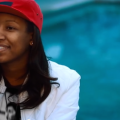
Ebony “WondaGurl”
Ebony “WondaGurl”: Nominated for a Grammy Award, teenager Ebony says she has been making “beats” since she was 9 years old.Using a program called MixCraft, she’s made numerous creations, some of which can be heard on Jay Z’s latest album. https://www.madewithcode.com/article#wondagurl
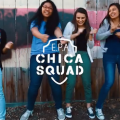
EPA Chica Squad
EPA Chica Squad: This team of four girls from East Palo Alto, CA created a mobile app to help residents connect with each other to help clean up their communities. Originally believing that coding was difficult, the girls now understand how easy it can be, and are doing something meaningful with their new skill sets.
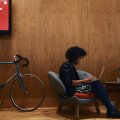
Maddy Maxey
Maddy Maxey: At just 20 years old, this New York resident sees coding as essential to the future of fashion. Clothing of the future, she believes, will be responsive to our bodies. Maxey has big ideas, and is using coding to help bring them to life.
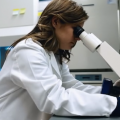
Brittany Wenger
Brittany Wenger: This Duke university student is using coding to detect patterns in biopsies, which she hopes will help find a cure for cancer. The program she has created has also helped make diagnoses quicker and less invasive.

